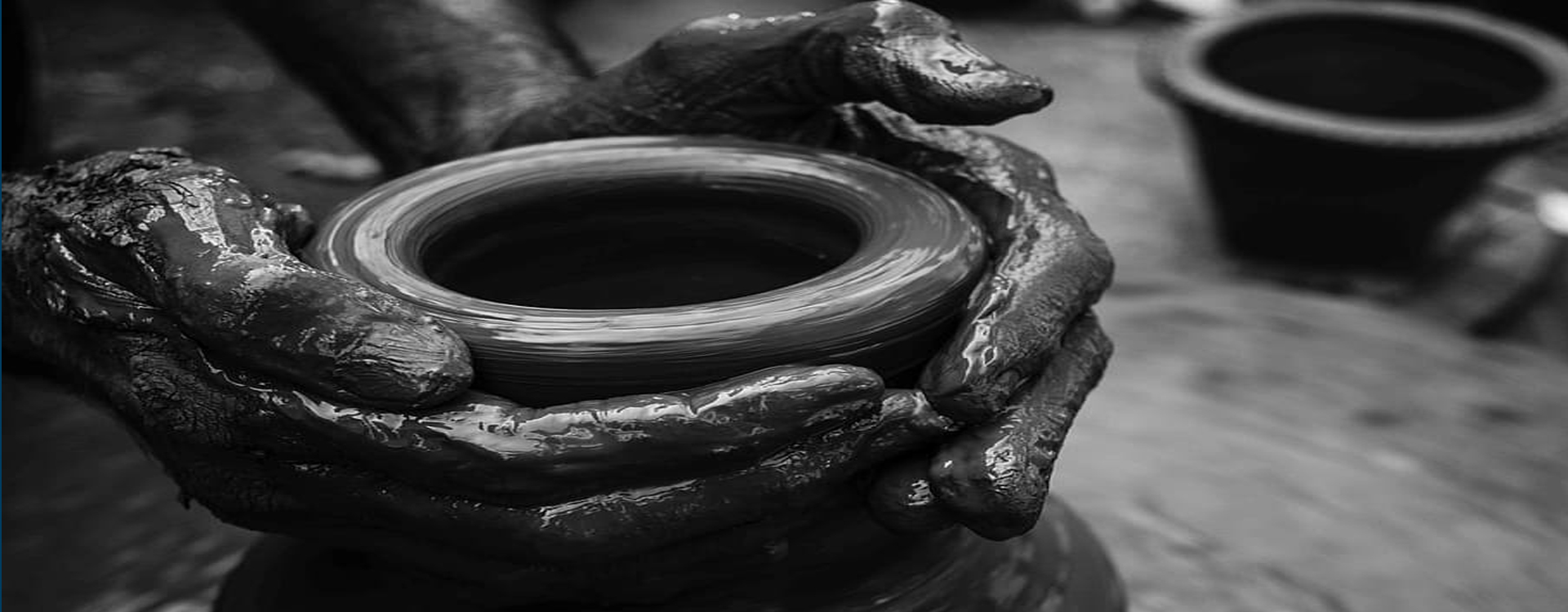Seminar Details
The study primarily focuses on maximizing the adsorption capacity of the synthesized nitrate intercalated Mg2Al and Zn2Al layered double hydroxide (MA-LDH and ZA-LDH) nanoparticles for adsorption of anionic dyes and arsenate [As (V)] ions through the application of the Box-Behnken Design (BBD), and the Hybrid Design (HD), respectively within the framework of Response Surface Methodology (RSM). Highly crystalline nitrate intercalated MA-LDH and ZA-LDH nanoparticles were synthesized using the traditional co-precipitation technique under reflux conditions in the nitrogen atmosphere in the particle size range between 100-150 nm and 250-300 nm, respectively.
For adsorption of the methyl orange (MO) and acid yellow-36 dye (AY) onto the MA-LDH and ZA-LDH nanoparticle, various parameters such as the adsorbent dose (5&ndash20 mg), the incubation time (3&ndash60 min), the temperature (25&ndash50 °C), the pH of the dye solution (5&ndash9), and the dye concentration (0.03&ndash 0.1 mg/ml) were examined in the batch adsorption process for optimization of the conditions for maximizing the adsorption capacity using the BBD. Adsorbent dose was optimized after suspending different amounts of dose such as 5, 10, 15, and 20 mg in 50 ml water containing 0.03mg/ml dye concentration for 60 min. After that, the optimized values of the incubation time, temperature, and pH were found to be 25.89 min, 35.99 °C and 5.16, for the dyes onto the MA-LDH, whereas for ZA-LDH nanoadsorbents the corresponding values were found to be 52.4 min, of 35.45 °C, 5.75, respectively. The adsorption kinetic at different temperatures and isotherm at 40 ˚C for the adsorption of the dyes onto the MA-LDH and ZA-LDH were well fitted with pseudo-second-order kinetic model and Langmuir model, respectively. According to the Langmuir isotherm, the maximum adsorption capacities exhibited by MA-LDH were 583.109 mg/g MO and 412.55 mg/g AY dye, and those for ZA-LDH were found to be 601.62 mg/g MO and 462.48 mg/g AY dye indicating monolayer chemisorption mechanism in these cases. MA-LDH retained up to 78.4 % MO and 70.35% AY dye adsorption capacity, whereas those values for ZA-LDH were found to be 72.3% of the MO and 60.43% of the AY dye after five cycles of regeneration.
A Hybrid Design (H.D) was used to optimize the four independent variables, such as adsorbent dose (5&ndash15 mg), arsenate concentration (5&ndash20 ppm), temperature (25&ndash50 °C), and incubation time (25&ndash120 min) for maximizing the arsenate adsorption capacity onto the as mentioned LDH nanoparticles containing aqueous suspension. The optimized values of the adsorbent dose, adsorbate concentration, temperature, and incubation time were found to be 10 mg, 12.25 ppm, 37.90 °C, and 72.5 min for adsorption of the As(V) ions from its aqueous solutions. The adsorption kinetics and isotherms for the adsorption of As(V) ions onto the MA-LDH and ZA-LDH nanoadsorbents were well fitted with the pseudo-second-order kinetic model and Langmuir model, respectively. According to the Langmuir isotherm, the maximum adsorption capacities exhibited by MA-LDH and ZA-LDH were 216.80 mg/g and 219.42 mg/g, respectively. Up to the five cycles of regeneration, the MA-LDH and ZA-LDH nanoadsorbents retained an adsorption capacity of 54.45% and 40.83% of maximum As(V) adsorption, respectively. Thermodynamic parameters, such as a high negative value of &DeltaG and positive value of &DeltaH suggested that the adsorption process was spontaneous and endothermic in nature.
Key-words
Anions Exchange Process, Anionic Dyes, Arsenate Ions, Box Behkem Design , Hybrid Design, Nitrate Intercalated Mg2Al-LDH Nanoparticles, Nitrate Intercalated Zn2Al-LDH Nanoparticles


